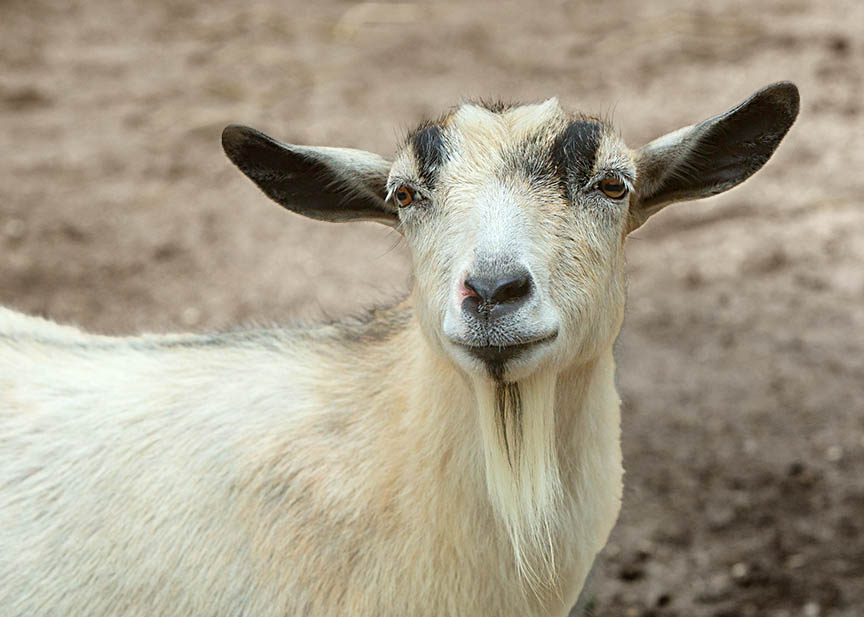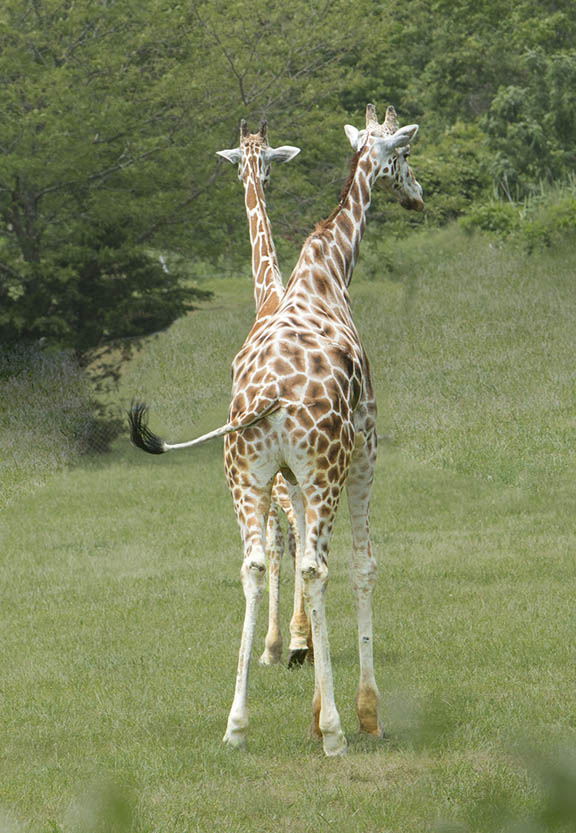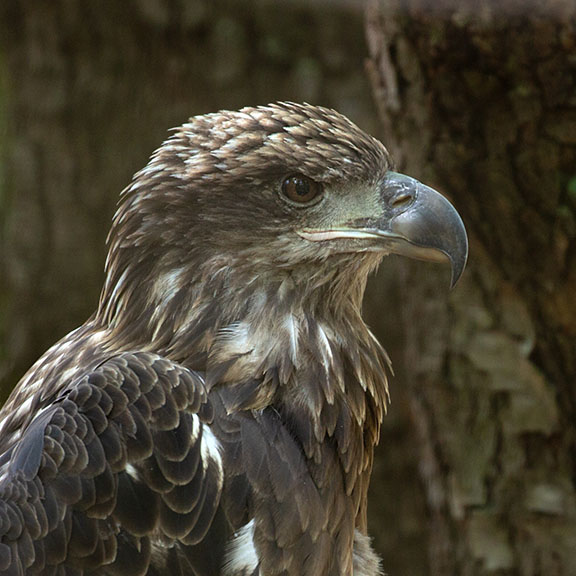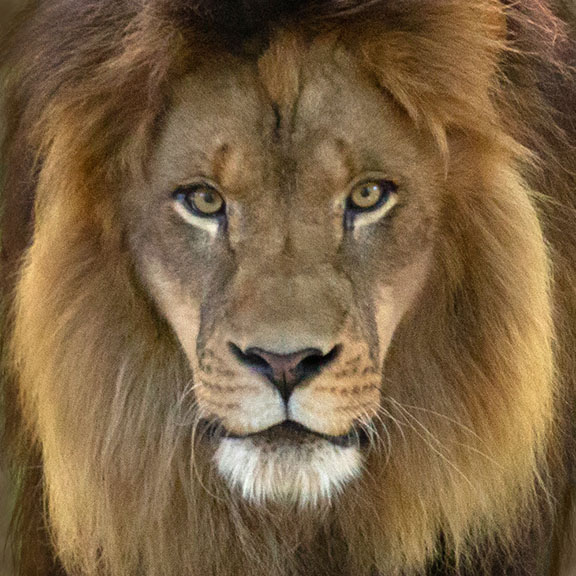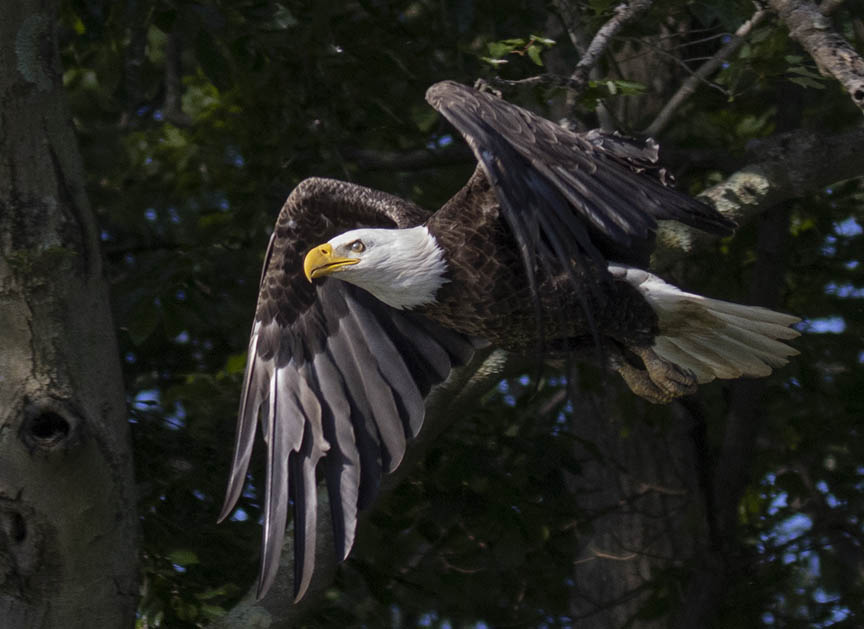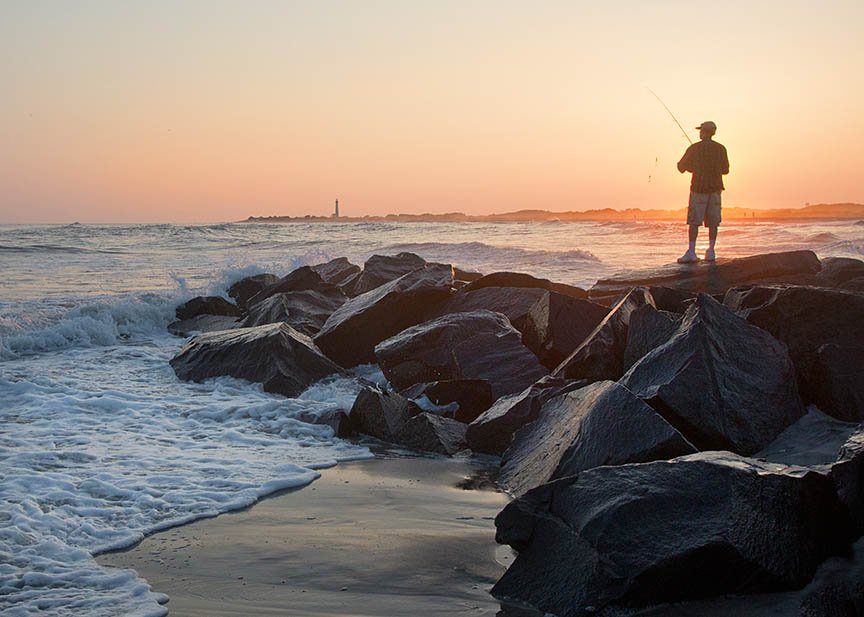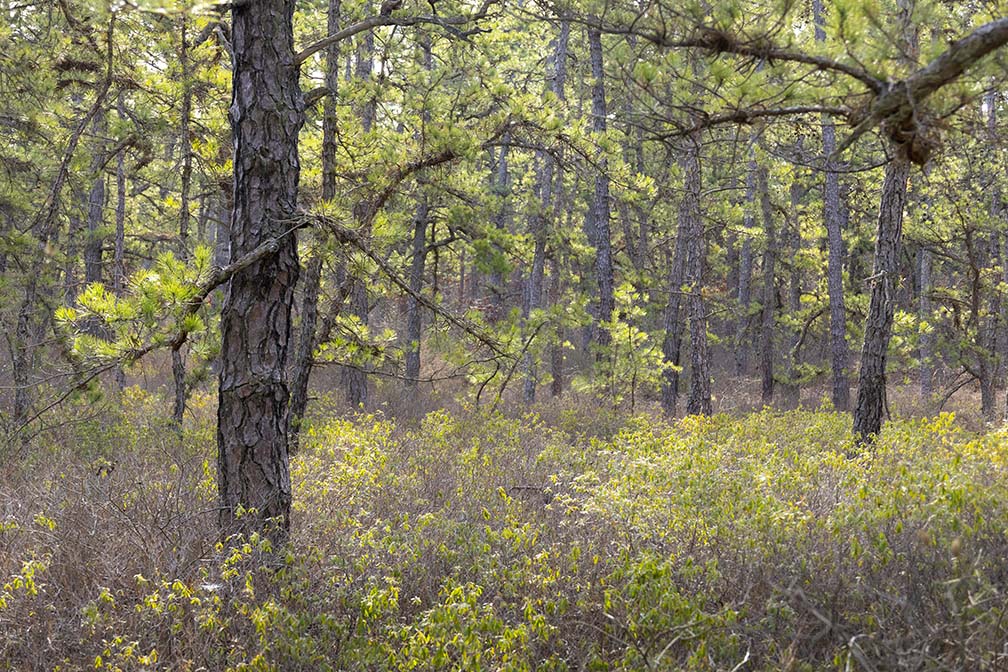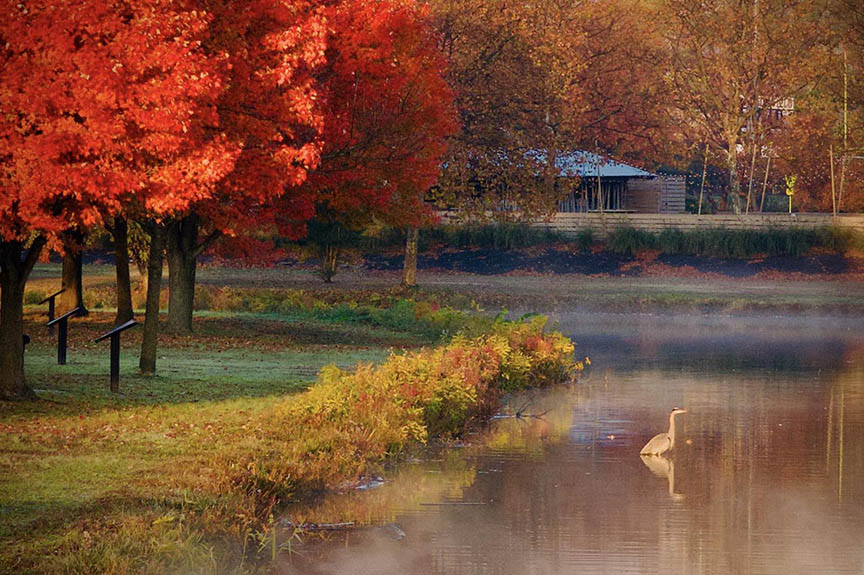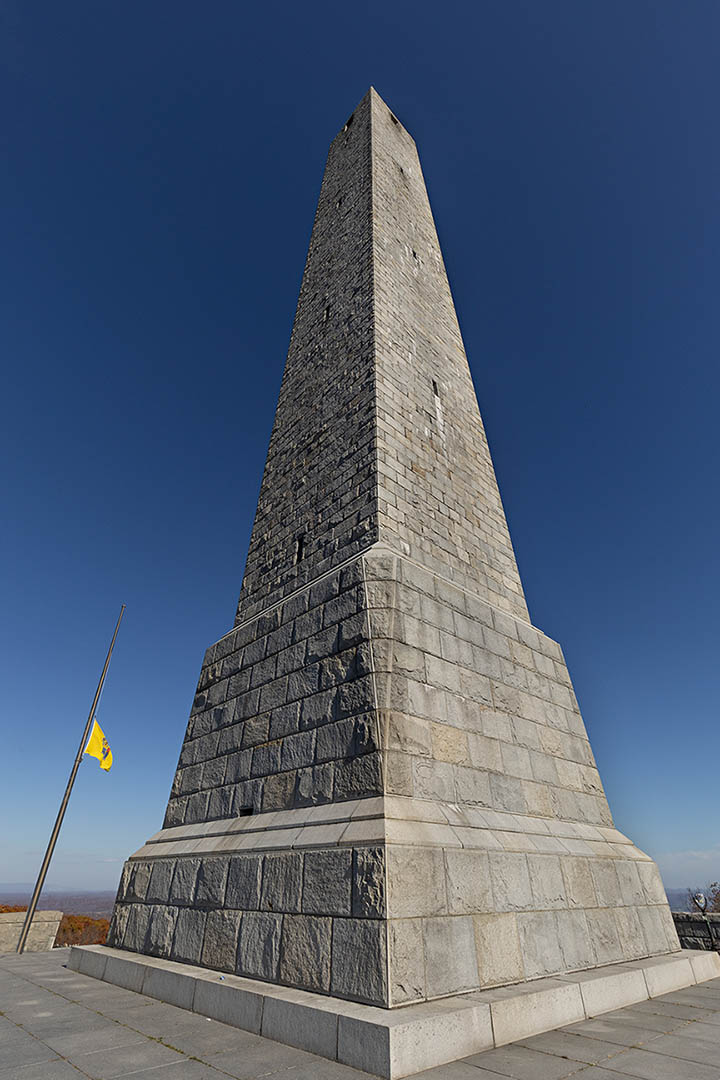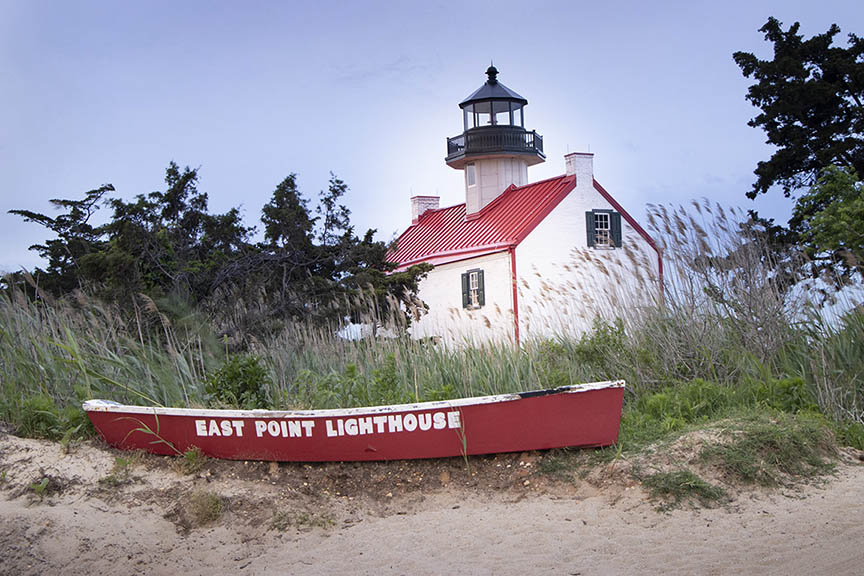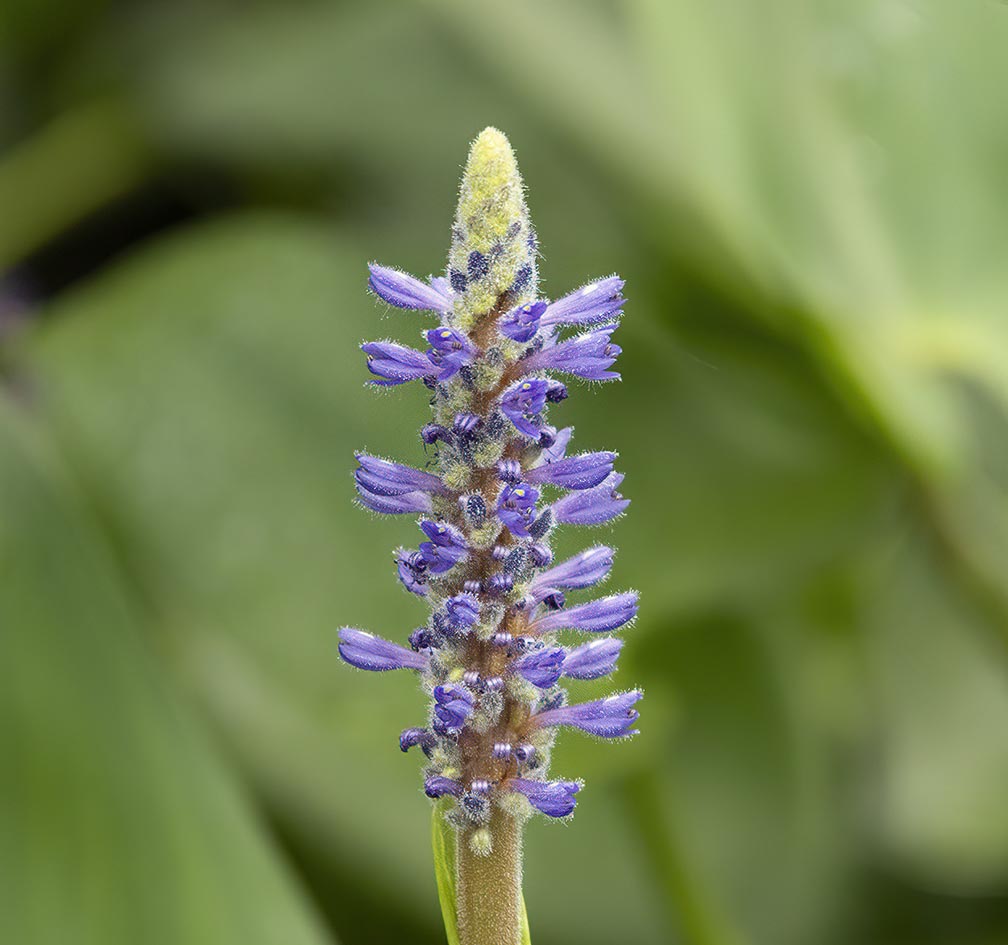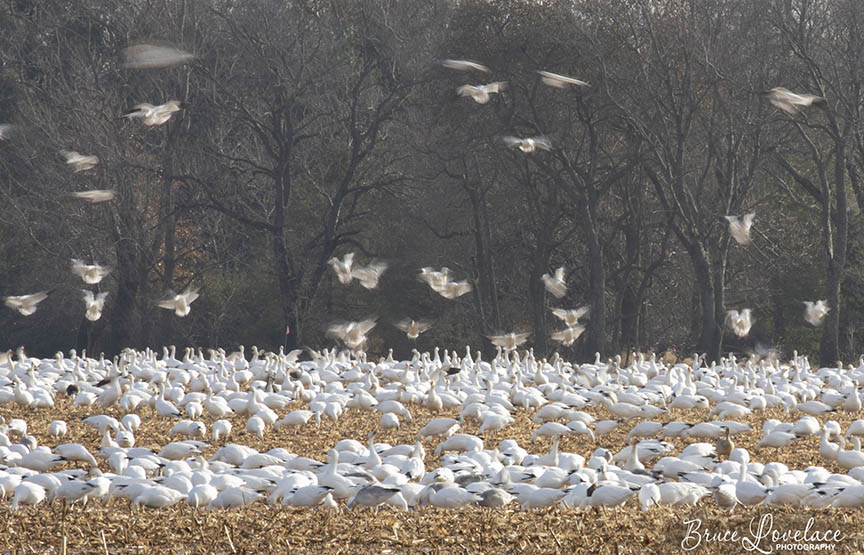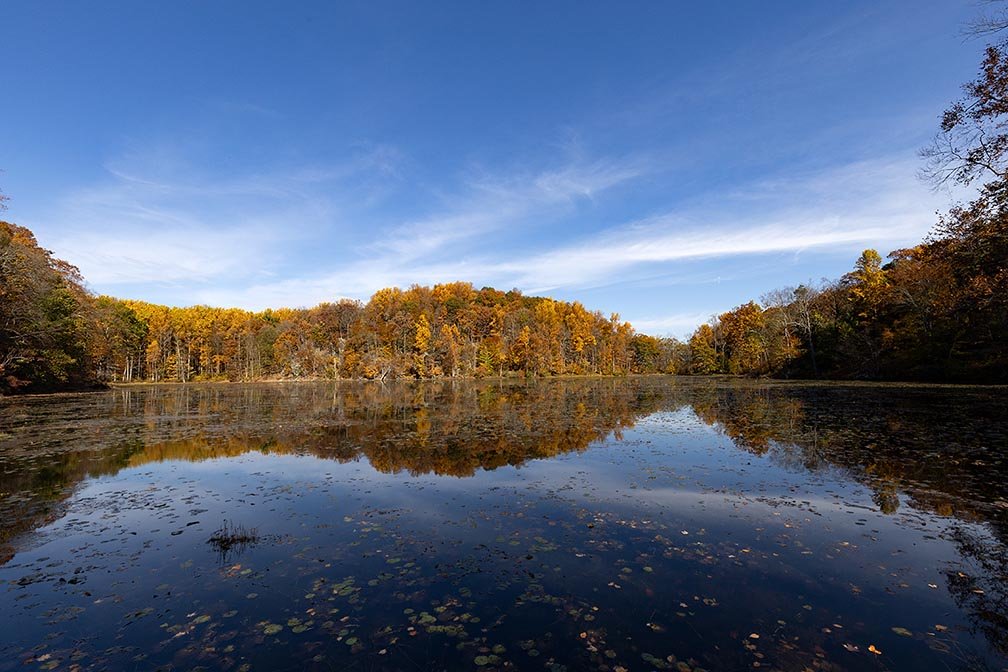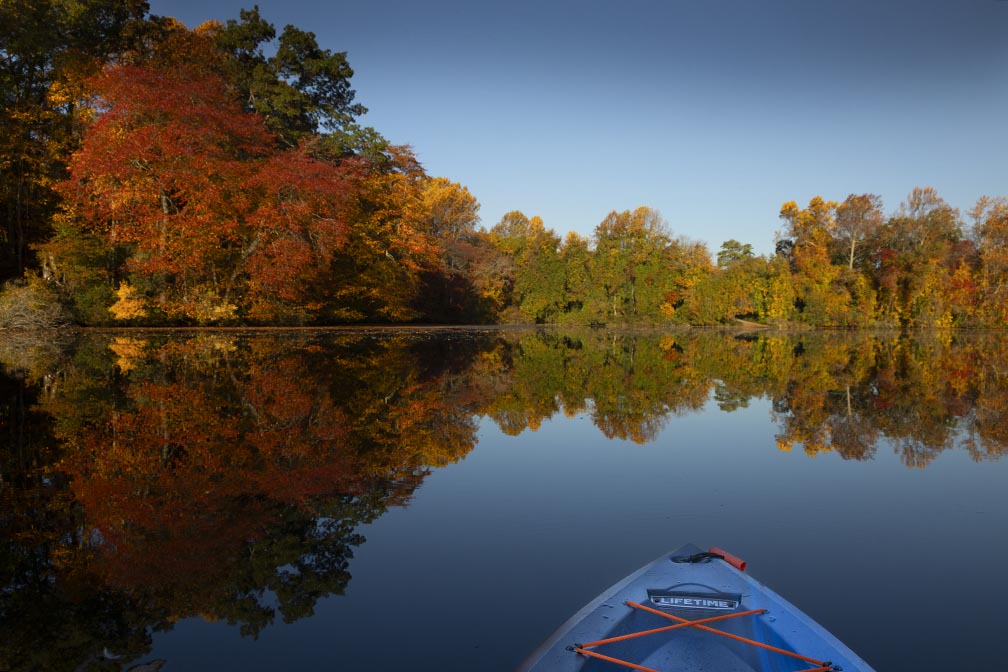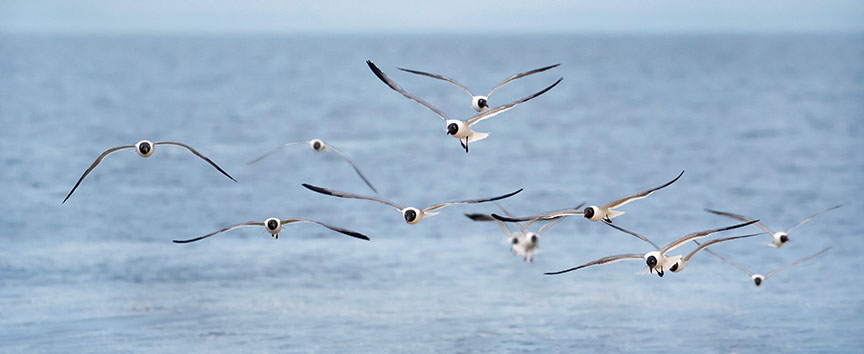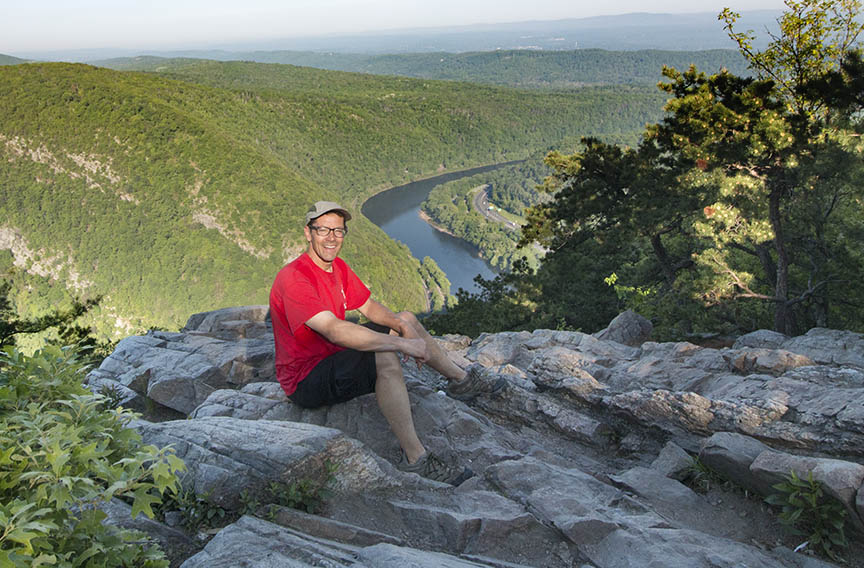How To Shoot The Best Cape May Zoo Animal Photography
WRITTEN BY: BRUCE LOVELACE
UPDATED ON: December 4, 2023
There are a lot of simple tricks you can use to get great photos when you visit the Cape May Zoo. This post will give you helpful tips on how to photograph the animals and has large sample photos as examples of the techniques discussed.
Cape May Zoo Photo Tips
You can use any of the following 8 tips for improving your zoo photography. The more you experiment with these techniques, and the more variety you shoot, the better your chances of getting some pics while you visit .
1. Equipment
The better equipment you can get your hands on then the better your zoo photos will come out. Wildlife is often reluctant to stay out in the open, but it helps that they don't have huge expansive territories to hide in.
In some instances you get get a few decent shots using your cell phone, but using a camera with a bigger sensor, a zoom lens, and more control over camera settings will dramatically improve your zoo animal photography.
2. Timing
Get their early to avoid the crowds. If it's crowded your line of site between you and the animals may be blocked by another person and that will interfere with you getting the best angle to shoot. Weekends are usually more crowded.
Go when the weather isn't the nicest. You'll have the place practically to yourself.
Find out when the zookeepers are going to feed the animals. Eating time often presents the best photo ops, particularly with the larger game.
Camera Settings
There are three camera settings you need to know about when photographing animals at the Cape may Zoo, shutter speed, aperture, and ISO. They are all part of the Exposure Triangle, which effects image quality and exposure. For more on this, you can open a new window and read about this on my other website here, Exposure Triangle.
3. Shutter Speed
Unfortunately for them, zoo animals are confined to relatively small areas in the zoo and rarely move at a fast pace. That's an advantage for you because you won't have to use a super fast shutter speed top freeze the action.
Generally, you can shoot between 1/125 and 1/200th second to avoid blur from motion. Fast moving animals or shooting with a long telephoto focal length it will require faster shutter speeds like 1/250 - 1/500 second.
4. Aperture
Most of your photos will be taken of just one animal at a time. When shooting a single subject, you can use a wide open aperture setting on your lens., like f/4 or f/5.6. This will help isolate your subject against a blurred out background. See the Tamarin photo below. The cage behind it is pleasantly blurred out.
When photographing a group of animals you may have to "stop down" to a smaller lens opening like f/8 or f/11 to make sure that closer and farther subjects within your frame are in sharp focus.
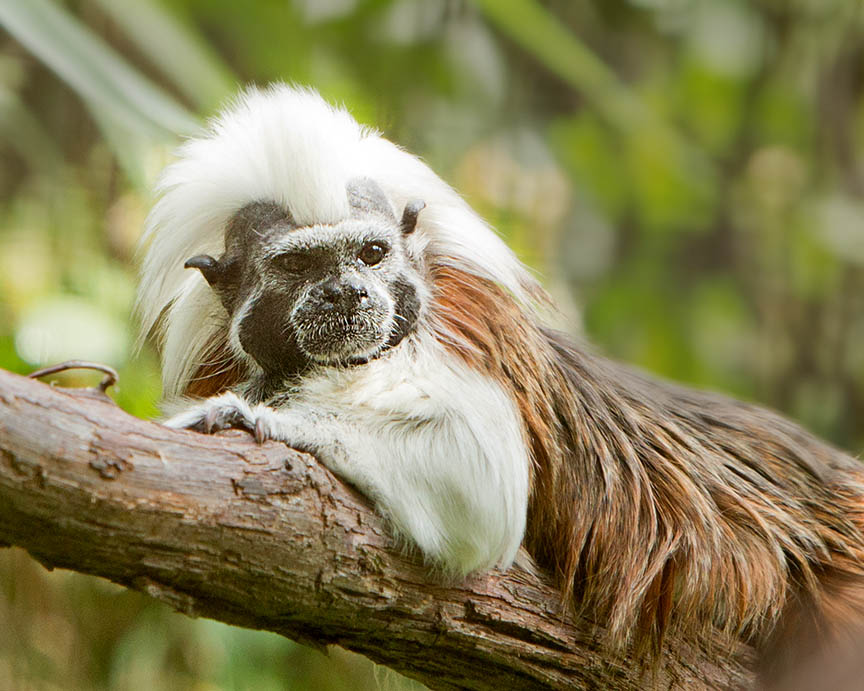 Tamarin with blurred background from using a larger lens aperture setting
Tamarin with blurred background from using a larger lens aperture setting5. ISO
ISO refers to how much light your camera sensor needs to get a good exposure. When photographing zoo animals in dimly lit situations, you may need to raise the ISO as high as ISO 2000 to get a good exposure. For regular daylight photos you can set your ISO between 400 and 800.
The downside of using a high ISO is that you may lose some sharpness to your animal photos and get digital "noise." It's a subjective decision on how much noise is acceptable to you and the larger the ISO setting then the more image quality you'll use.
6. Lighting
Sunny weather will give you strong lighting, enabling faster shutter speeds and smaller lens aperture for good sharpness in your photos. Depending on the specific spot your subject is located, sunlight can cause distracting shadows.
Indoor subjects are the most challenging. Don't use flash because prohibited, harm the animals, You'll likely have to raise your camera sensors light sensitivity (See Above) by setting it to a very high ISO to et a good exposure.
7. Focusing
Focus on the eyes. They are most important part of any creature you photograph. Your camera has a variety of focusing settings where you can select anywhere from a specific spot to just an area of your composition where your auto-focus will use to focus sharply.
For my own preferred focus setting when shooting animals and people, I use spot focusing and I move the focusing point to my subjects eyes. That gives me the ability to handle any living creature, both big and small.
8. Patience
Animal photography requires patience. They have unpredictable behavior, so you have to wait for the right moment to get the shot you're looking for. Professional wildlife photographers sometimes spend an entire day to get just one winning photograph.
I watched and wait for these two giraffes to align to an interesting position and I got this "two-headed" giraffe portrait which I got a kick out of.
More Cape May Animals
The small gallery of photos below are a compilation from two different photography excursions I've taken to the Cape May Zoo.
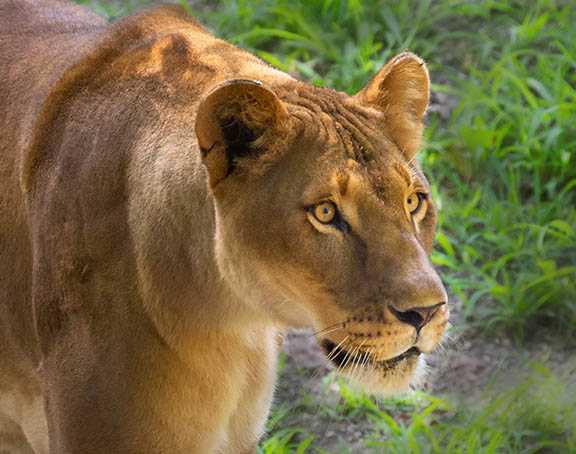 Female Lion
Female Lion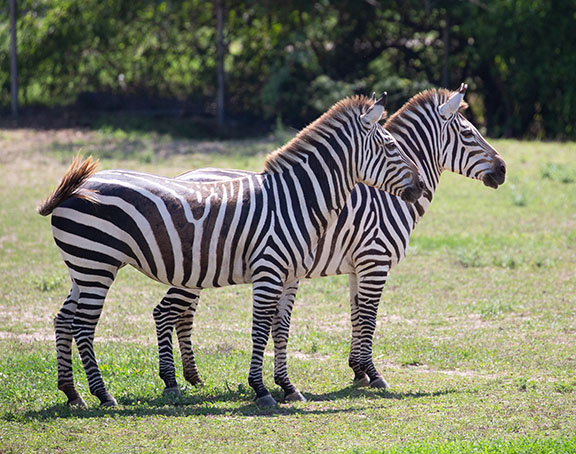 Two Zebras
Two Zebras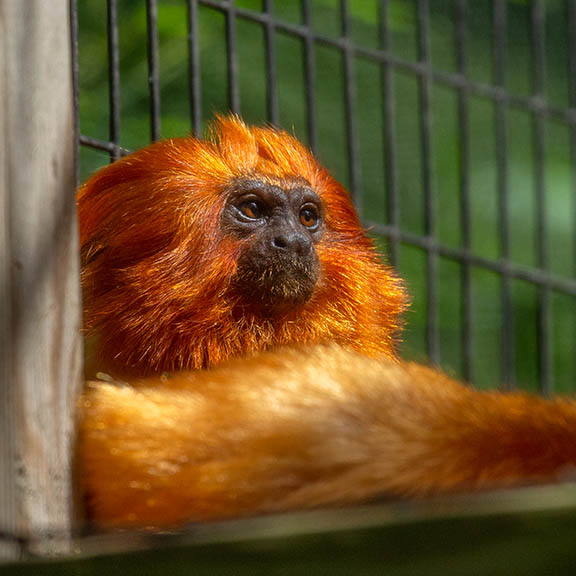 Golden Lion Tamarin
Golden Lion Tamarin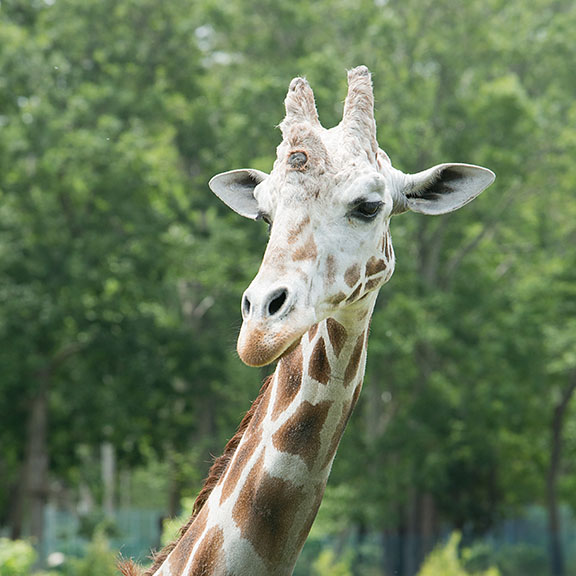 Giraffe Head Shot
Giraffe Head Shot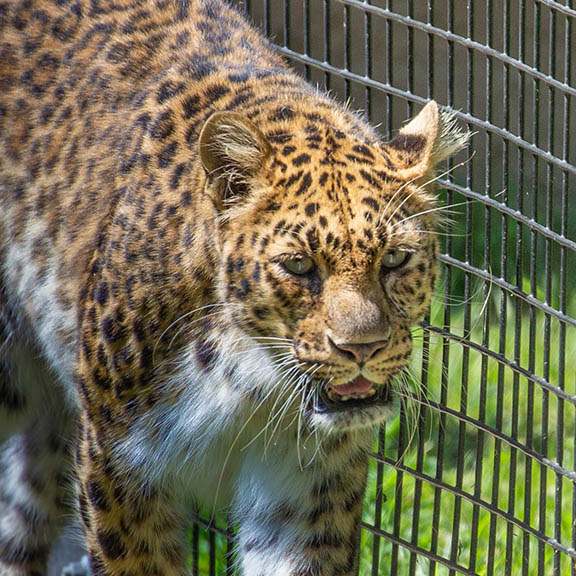 Leopard
Leopard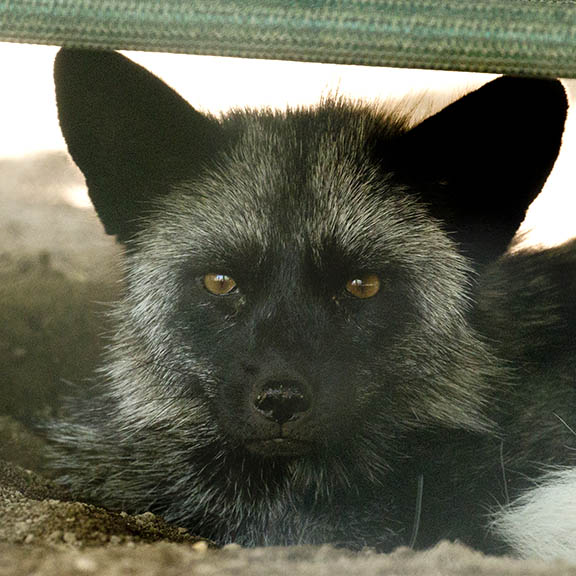 Fox
FoxWhat To Expect At The Cape May Zoo
Here's a two minute video on what you can expect when you travel to the Cape May zoo. It will help give you some ideas on what you may want to photograph when you visit.
I hope you enjoy my post on photographing the many creatures at this zoo and that you found the tips useful. The zoo is a great place to have fun, spur on your appreciation for the natural world, shoot some great pictures, and have fun!

Bruce Lovelace is the publisher of TravelingPhotographer.com. Bruce shot portraits full time for over 35 years. Now he shoots more travel photography. Read more about him on the About Page. He also publishes how to articles and camera gear reviews at the Photography Tips and Canon Geek websites.
The Traveling Photographer Location on Google My Business
